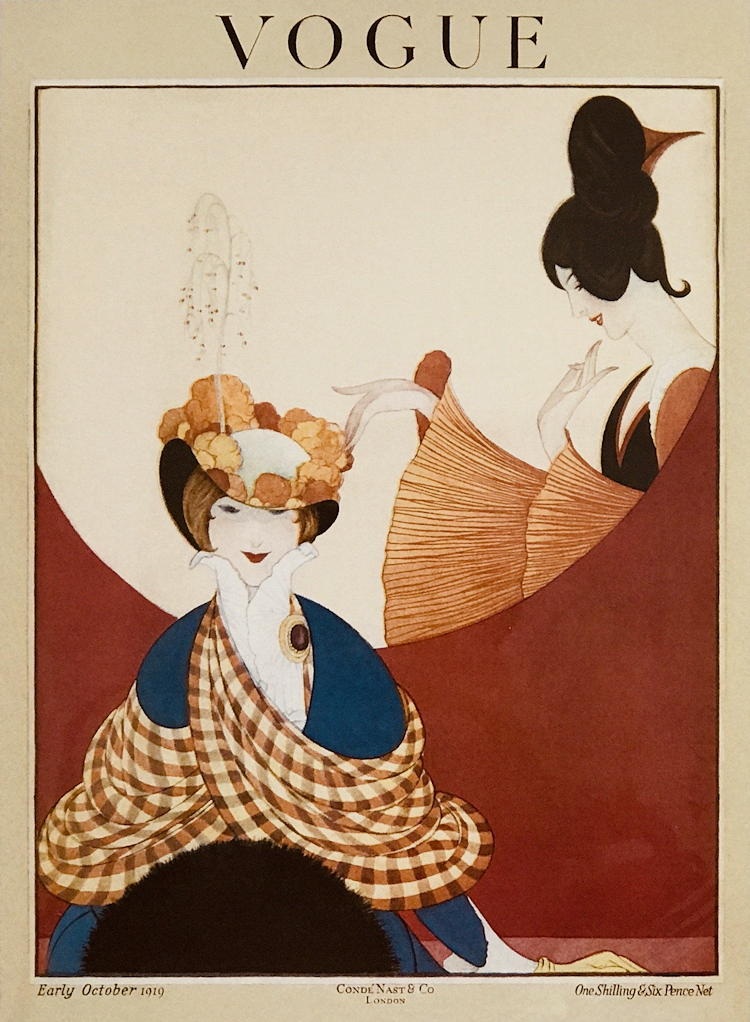 |
| Consiglio alla vendetta. |
Consiglio alla vendetta (Vengeance is Sworn) was painted in 1851. It was the second work to be produced, but shows the first episode in the story. Now in the Liechtenstein Museum in Vienna, it shows Maria's friend Rachel advising her to use political denunciation to wreak vengeance upon her lover.
Accusa segreta (Secret Accusation) was painted in 1847-48, and was therefore the first of the three to be completed, though it illustrates the second episode. It is now resides in the collection of the Musei Civici di Pavia. It shows Maria posting the letter, anonymously denouncing her lover.
La vendetta di una rivale or Le veneziane (The Revenge of a Rival or The Venetian Woman) dates from circa 1853. It shows the third episode, Maria repenting of her actions and trying to stop her denunciation from being delivered. Sadly, the present location of the original is unknown, though a copy now in the Villa Carlotta was probably made after the its success at the Brera exhibition of 1853. The composition of the third episode was replicated in a bronze bas-relief for the base of Francesco Barzaghi's 1890 monument to Hayez in the Piazzetta di Brera in Milan.






.png)











.png)






.png)






































